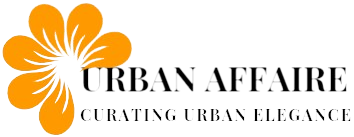Effective IT asset tracking is essential for organizations to manage their technology resources efficiently, reduce costs, and maintain security. To achieve this, companies should implement several best practices that ensure accuracy, accountability, and ease of management throughout the lifecycle of IT assets. The first step involves establishing a centralized system where all asset information is stored and updated regularly. This system must be accessible to authorized personnel across departments to facilitate transparency and real-time tracking.
Accurate data entry plays a critical role in effective asset tracking. Each item should be recorded with detailed information such as serial numbers, purchase dates, warranty status, assigned users or locations, and maintenance history. Maintaining consistency in data entry reduces errors and simplifies audits or inventory checks. It is also important to categorize assets properly based on type or function so that reports can be generated quickly for decision-making purposes.
Utilizing automation tools can significantly enhance explore the website efficiency of IT asset management processes. Technologies like barcode scanning or radio-frequency identification (RFID) enable faster check-ins and check-outs while minimizing human error during physical inventories. Integrating these tools with the central database allows automatic updates whenever an asset changes location or status.
Regular audits are necessary to verify that the recorded data matches the actual inventory on hand. Conducting periodic physical counts helps identify missing or misplaced equipment early before they escalate into larger issues such as theft or loss of productivity due to unavailable devices. Audits also provide opportunities to retire outdated hardware responsibly by following proper disposal procedures aligned with environmental regulations.
Employee training is another key factor for successful implementation of IT asset tracking systems. Staff members responsible for managing assets must understand how to use tracking software correctly and appreciate its importance in safeguarding company property. Clear policies regarding borrowing, returning, or transferring equipment should be communicated consistently across teams.
Finally, integrating IT asset tracking with other organizational systems like procurement and helpdesk software creates a seamless workflow from acquisition through support stages. This integration ensures timely updates about repairs or replacements while providing insights into usage patterns that inform budgeting decisions.
By adopting these best practices-centralized record keeping, accurate data input, automation technologies, routine audits, staff education, and system integration-organizations can optimize their IT asset management efforts effectively while reducing risks associated with unmanaged resources.






